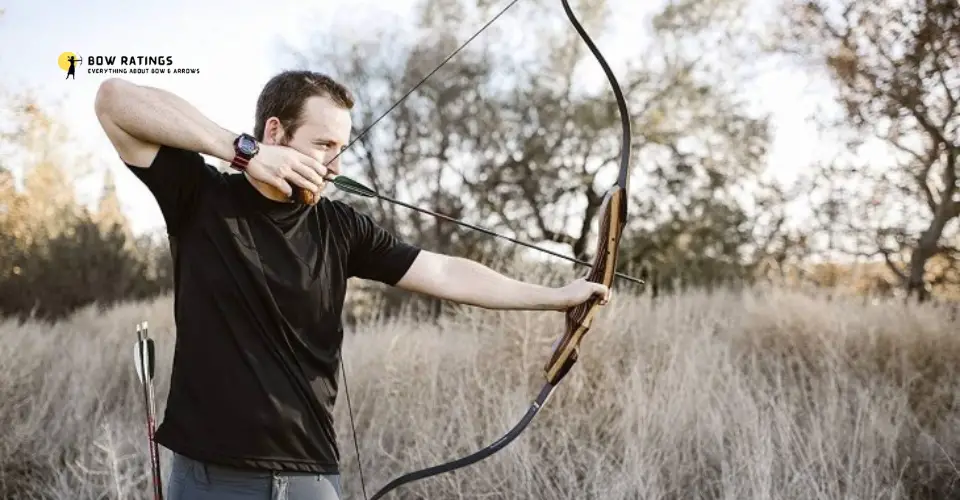Are you a beginner looking to start your journey into the world of archery? Choosing the best recurve bow for beginners is crucial to ensure you have a positive and enjoyable experience. With so many options available in the market, it can be overwhelming to make the right choice.
In this article, we will discuss the essential features to consider when buying a recurve bow for beginners.
Why Choose a Recurve Bow?
Before we dive into the key features to look for in a recurve bow for beginners, let’s first understand why choosing a recurve bow is a great option.
1. Versatility
A recurve bow is a versatile option that can be used for target shooting, hunting, or even recreational shooting. Its design allows for a more traditional archery experience, making it a popular choice among beginners.
2. Compact and portable
Unlike compound bows, recurve bows are more lightweight and easier to transport. This makes them ideal for beginners who may not have a dedicated archery range and need to practice in different locations.
3. Easy to maintain
Recurve bows are simple in design, making them easy to maintain and repair. This is especially important for beginners who may not have the expertise or experience to work on more complex bows.
4. Affordable
Compared to compound bows, recurve bows are more affordable, making them a great option for beginners who may not want to invest a significant amount of money in their first bow.
Essential Features to Consider
1. Draw Weight
The draw weight is one of the most crucial aspects to take into account when selecting a recurve bow. As a beginner, it is recommended to start with a lower draw weight to build your strength and technique gradually. A draw weight of around 20-30 pounds is ideal for beginners.
2. Bow Length
The length of the bow plays a crucial role in determining its performance and accuracy. For beginners, a shorter bow length is recommended as it offers better maneuverability and control. A bow length of 58-62 inches is suitable for beginners.
3. Riser Material
The riser is the main component of the bow, to which the limbs are connected. When choosing a recurve bow, opt for a riser made from lightweight and durable materials such as aluminum or carbon fiber. A good quality riser will enhance the stability and balance of the bow.
4. Limb Construction
The limbs of the bow are responsible for storing and releasing energy during the shot. Look for recurve bows with limbs made from high-quality materials such as fiberglass or carbon fiber. These materials provide a good balance of flexibility and durability, enhancing the overall performance of the bow.
5. Arrow Rest
An arrow rest is a small device attached to the bow that supports the arrow during the shot. Choose a recurve bow that comes with a reliable arrow rest to ensure consistent and accurate shooting. A good quality arrow rest will improve your shooting experience and prevent arrow fletching damage.
Proper Maintenance of a Recurve Bow
Proper maintenance of your recurve bow is essential to ensure its longevity and optimal performance. Here are a few tips to help you care for your bow:
Inspect your bow regularly:
Check for any cracks, twists, or signs of damage on the limbs, riser, and string. To stop additional harm, take immediate action to resolve any difficulties.
Keep your bow clean:
Wipe down the bow after each use to remove dirt, dust, and debris. Use a soft cloth to clean the limbs and riser, and avoid using harsh chemicals that could damage the finish.
Store your bow properly:
When not in use, store your recurve bow in a cool, dry place away from direct sunlight and extreme temperatures. Consider investing in a bow case or sleeve to protect your bow from scratches and dings.
Maintain your bowstring:
Inspect your bowstring regularly for wear and tear. Replace the string if you notice any fraying or damaged strands. Keep the string waxed to prevent it from drying out and losing its elasticity.
Adjust your bow:
Periodically check and adjust the brace height and tiller to ensure your bow is properly tuned. Consult your bow’s owner’s manual or seek the advice of a professional if you are unsure how to make these adjustments.
Conclusion:
Choosing the best recurve bow for beginners is a decision that should not be taken lightly. By considering the essential features mentioned above, you can make an informed choice that will set you up for success in your archery journey. With the right recurve bow in hand, you can embark on a rewarding and enjoyable archery experience.

